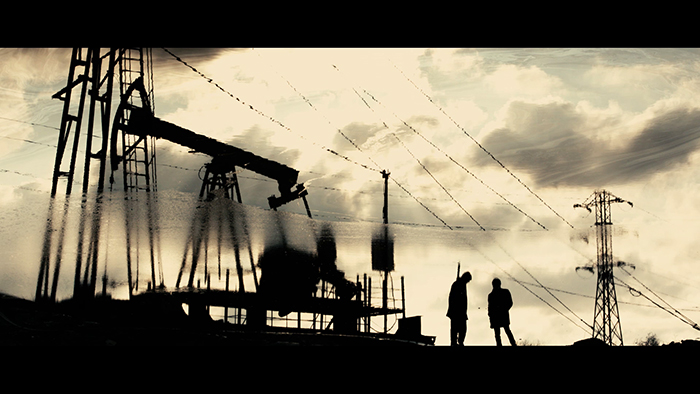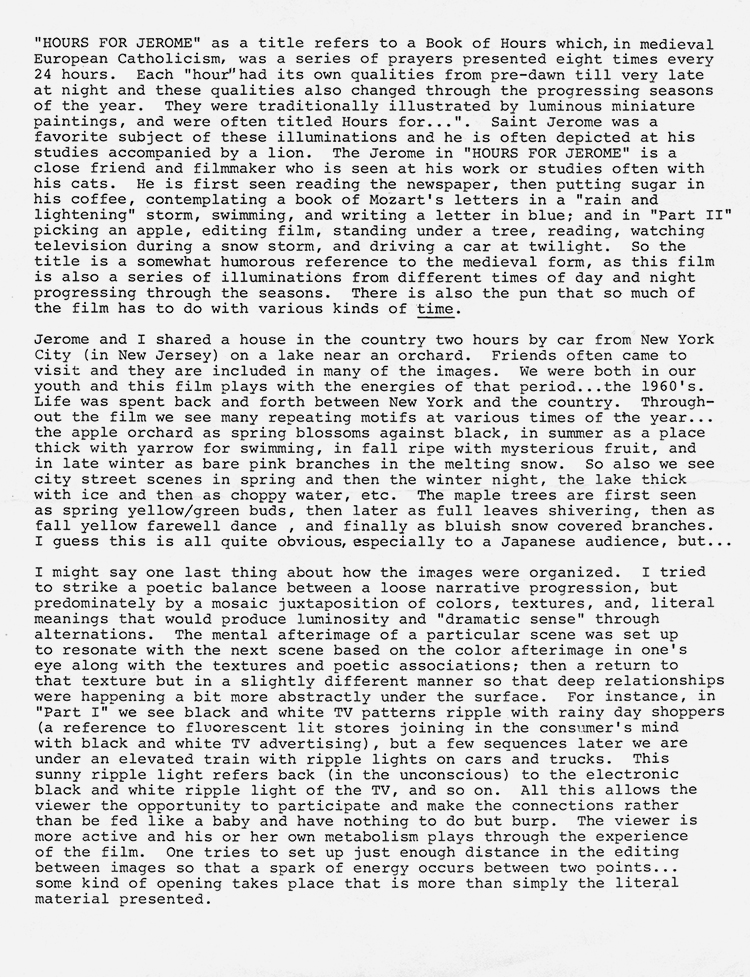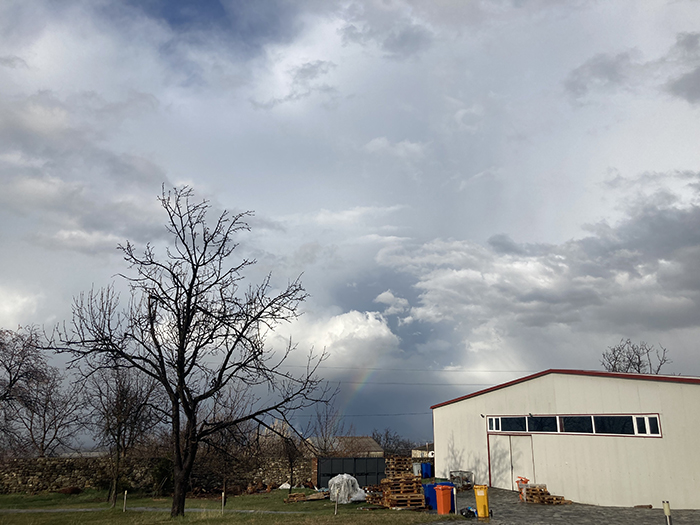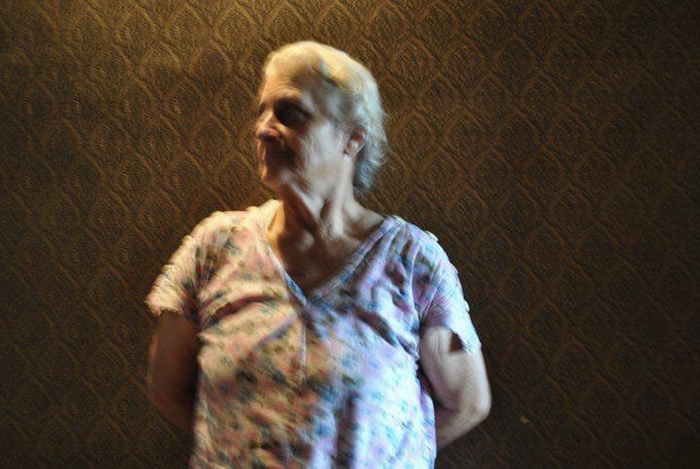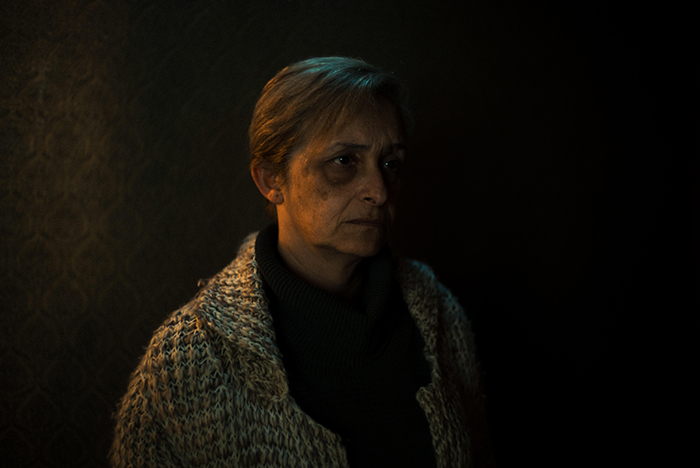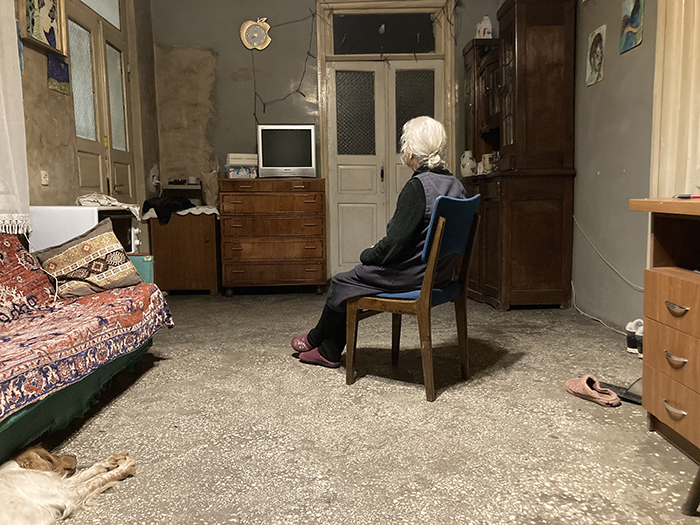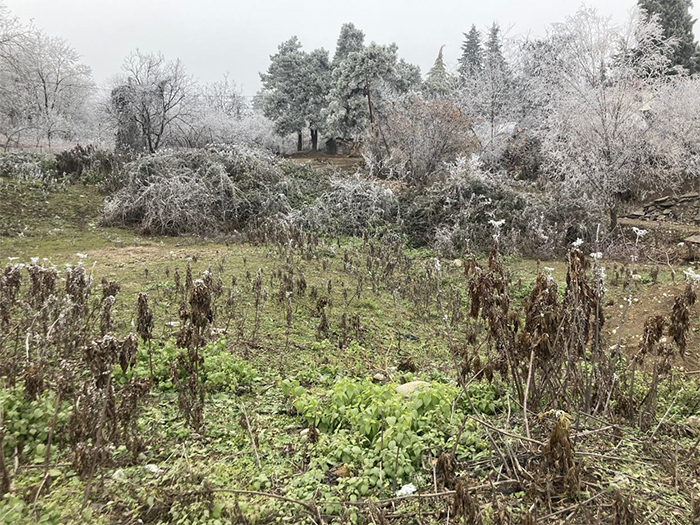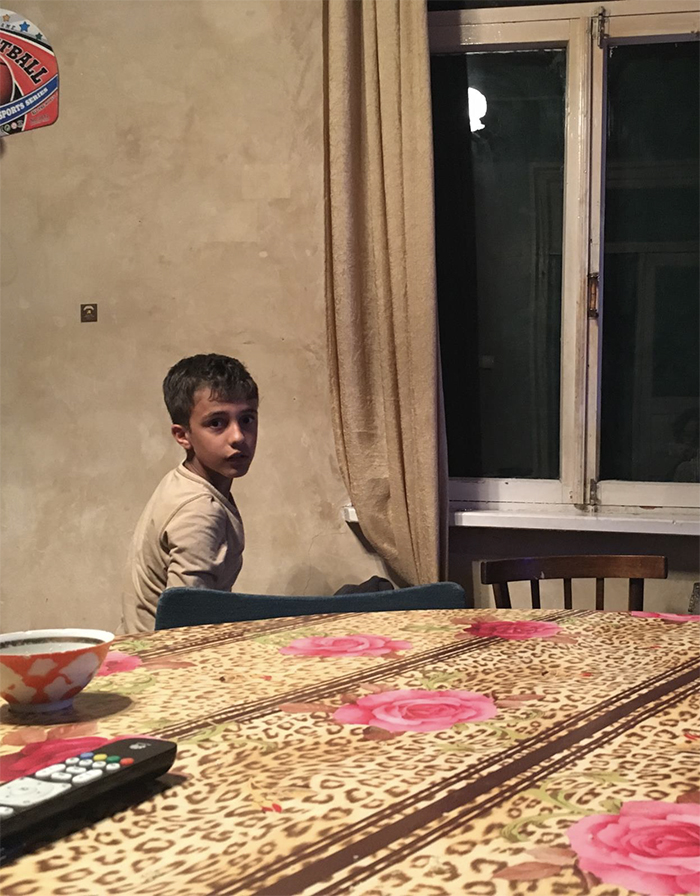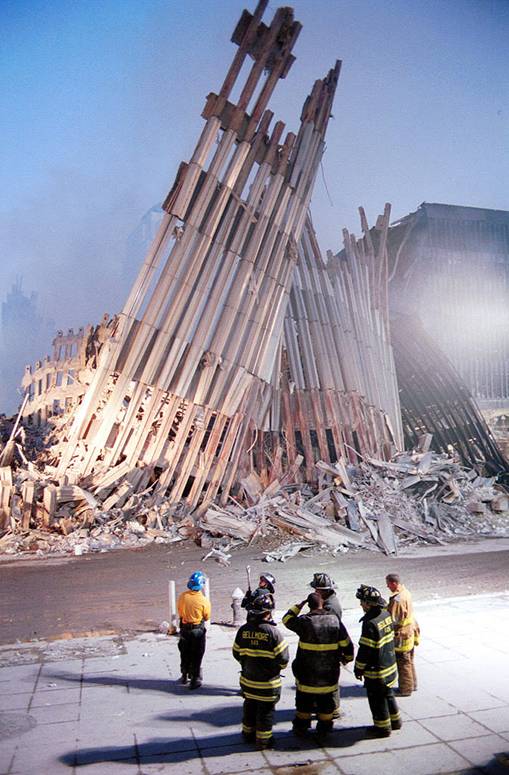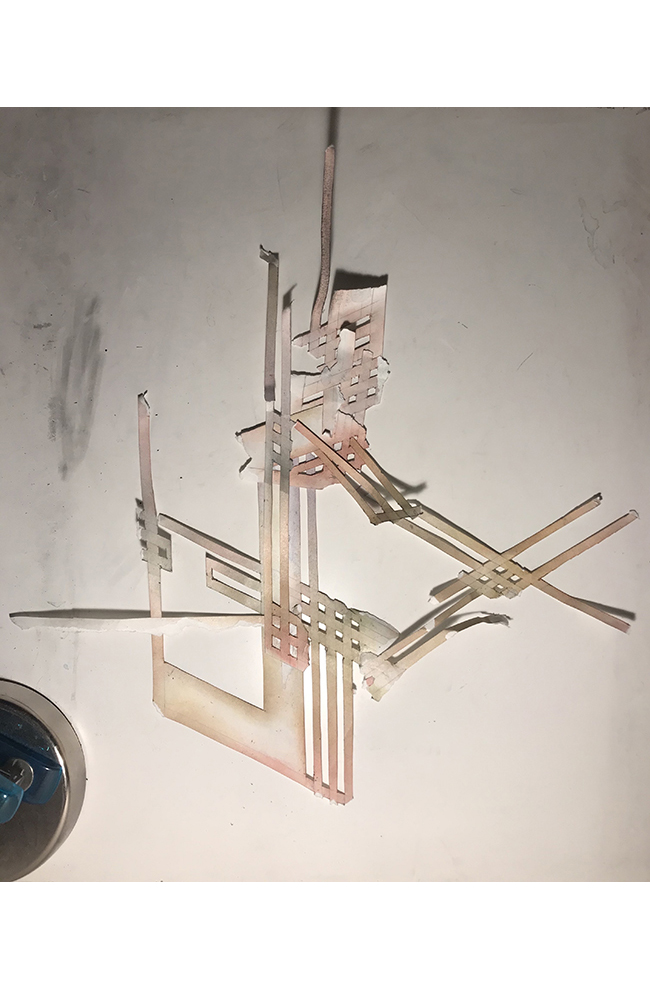This lecture was first delivered at Viewpoints: A Conference on Women, Culture & Public Media at Hunter College, New York, in 1986. Later it was published in The Independent (Film & Video Monthly), May 1987.
QUESTIONS OF IMAGES AND POLITICS
Let me start by asking myself: what do I expect from a film? What I expect is borne out by what I work at bringing forth in my own films. The films I make, in other words, are made to contribute to the body of film works I like and would like to see.
Through the way a film is made, the way it relates to its subject, as well as through the viewers’ receptions, I expect that it solicits my critical abilities and sharpens my awareness of how ideological patriarchy and hegemony works.
The commercial and ideological habits
of our society favor narrative with as
definite a closure as possible once the
narration is consumed one can throw
it away and move on to buy another one.
clear linear entirely digestible.
More and more, there is a need to make films politically (as differentiated from making political films). We are moving here from the making of a genre of film to the making of a wide range of genres of film in which the making itself is political. Since women have for decades worked hard at widening the definition of “political”; since there is no subject that is “apolitical” or too narrow, but only narrow, apolitical representations of subjects, a film does not necessarily need to attack governmental institutions and personalities to be ”political.” Different realms and levels of institutional values govern our daily lives. In working to shake any system of values, a politically made film must begin by first shaking the system of cinematic values on which its politics is entirely dependent.
never installed within transgression
never dwells elsewhere
Patriarchy and hegemony. Not really two, not one either. My history, my story, is the history of the First World/Third World, dominant/oppressed, man/woman relationship. When speaking about the Master, I am necessarily speaking about both Him and the West. Patriarchy and hegemony. From orthodox to progressive patriarchy, from direct colonization to indirect, subtly pervasive hegemony, things have been much refined, but the road is still long and the fight still goes on.
It is thrilling to think – to know that for an act
of mine, I shall get twice as much praise or twice
as much blame. It is quite exciting to hold the center
of the national stage, with the spectators not
knowing whether to laugh or to weep
—Zora Neal Hurston
Hegemony is most difficult to deal with because it does not really spare any of us. Hegemony is established to the extent that the world view of the rulers is also the world view of the ruled. It calls attention to the routine structures of everyday thought, down to common sense itself. In dealing with hegemony, we are not only challenging the dominance of Western cultures, but also their identities as unified cultures. In other words, we call attention to the fact that there is a Third World in every First World and vice-versa. The master is made to recognize that his culture is neither homogeneous nor monolithic, that he is just an other among others.
One’s sense of self is always mediated by the
image one has of the other. (I have asked myself
at times whether superficial knowledge of the
other, in terms of some stereotype, is not a way
of preserving a superficial image of oneself).
—Vincent Crapanzano
What every feminist, politically made film unavoidably faces is at once: 1) the position of the filmmaker 2) the cinematic reality 3) and the viewers’ readings. A film, in other words, is a site that sets into play a number of subjectivities—those of the filmmaker, the filmed subjects, and the viewers (including here those who have the means or are in a position to circulate, expose, and disseminate the films).
The stereotyped, quiet, obedient, conforming modes of
Japanese behavior clashed with white expectations of
being a motivated, independent, ambitious thinker.
When I was with whites, I worried about talking loud enough;
when I was with Japanese, I worried about talking too loud.
—Joanne Harumi Sechi
Walking erect and speaking in an inaudible voice, I have
tried to turn myself American-feminine. Chinese
communication was loud, public. Only sick people
had to whisper.
—Maxine Hong Kingston
The assumption that the audience already exists, that it is a given, and that the filmmaker merely has to gear her making towards the so-called needs of this audience, is an assumption that seems to ignore how needs are made and audiences are built. What is ideological is often confused with what is natural—or biological, as is often implied in women’s context. The media system as it exists may be most efficient for reaching the audience desired, but it allows little direct input from the audience into the creative process (critics and citizen groups are not defined as part of the audience for example).
A responsible work today seems to me above all to be one that shows, on the one hand, a political commitment and an ideological lucidity, and is, on the other hand interrogative by nature, instead of being merely prescriptive. In other words, a work that involves her story in history; a work that acknowledges the difference between lived experience and representation; a work that is careful not to turn a struggle into an object of consumption, and requires that responsibility be assumed by the maker as well as by the audience, without whose participation no solution emerges, for no solution exists as a given.
The logic of reaching “everybody” often encourages a leveling of differences—a minimum of elements that might offend the imaginary average viewer, and a standardization of content and expectations.
Apartheid precludes any contact with people of different
races which might undermine the assumption of essential
difference.
—Vincent Crapanzano
To work against this leveling of differences is also to resist the very notion of difference, which defined in the Master’s terms, always resorts to the simplicity of essences. Divide and conquer has for centuries been his creed, his formula of success. But for a few decades now, a different terrain of consciousness has begun to be explored among marginalized groups. A terrain in which clearcut divisions and dualistic oppositions-such as counter-cinema versus Hollywood, science versus art, documentary versus fiction, objectivity versus subjectivity, masculine versus feminine-may serve as departure points for analytical purposes, but are no longer satisfactory, if not entirely untenable, to the critical mind.
What does present a challenge is an organization that
consists either in close association or in alliance of black,
white, Indian and Coloured. Such a body constitutes a
negation of the Afrikaan’s theory of separateness,
their medieval clannishness.
—Ezekiel Mphahlele
I have often been asked about what some viewers call the “lack of conflicts” in my films. Psychological conflicts are often equated with substance and depth. Conflicts in Western contexts often serve to define identities. My suggestion to this so-called lack is: let difference replace conflict. Difference as understood in many feminist and non-Western contexts, difference as foregrounded in my film work, is not opposed to sameness, nor synonymous with separateness. Difference, in other words, does not necessarily give rise to separatism. There are differences as well as similarities within the concept of difference. One can further say that difference is not what makes conflicts. It is beyond and alongside conflict. This is where confusion often arises and where the challenge can be issued. Many of us still hold onto the concept of difference not as a tool of creativity—to question multiple forms of repression and dominance—but as a tool of segregation—to exert power on the basis on racial and sexual essences. The apartheid-type of difference.
difference, yes, but difference
within the border of your homeland, they say
White rule and the policy of ethnic divisions
Let me point to a few examples of practices of such a notion of difference.
The positioning of voices in film: In documentary practice, for example, we are used to hearing either an unified voice-over, or a string of opposing, clashing views from witnesses which is organized so as to bring out objectively the so-called two sides of an event or problem. So, either in unification or in opposition. In one of my films, Naked Spaces, I use three different voices to bring out three modes of informing. The voices are different, but not opposed to each other, and this is precisely where a number of viewers have reading problems. Some of us tend to consumer the three as one because we are trained to not hearing how voices are positioned and to not having to deal with difference other than as opposition.
The use of silence: On the one hand, we face the danger of inscribing femininity as absence, as lapse and blank in rejecting the importance of the act of enunciation. On the other hand, we understand the necessity to place women on the side of negativity (Kristeva) and to work in ‘undertones’ (Irigaray) in our attempts at undermining patriarchal systems of values. Silence is so commonly set in opposition with speech. Silence will not say or a will to unsay, a language of its own, has barely been explored.
The Veil: (As I stated elsewhere), if the act of unveiling has a liberating potential, so does the act of veiling. It all depends on the context in which such an act is carried out, or more precisely, on how and where women see dominance. Difference should neither be defined by the dominant sex nor by the dominant culture. So that when women decide to lift the veil, one can say that they do so in defiance of their men’s oppressive right to their bodies; but when they decide to keep or to put back on the veil they once took off, they may do so to reappropriate their space or to claim anew difference, in defiance of genderless hegemonic standardization. (One can easily apply the metaphor of the veil here to filmmaking.)
Making films from a different stance supposes 1) a re-structuring of experience and a possible rupture with patriarchal filmic codes and conventions; 2) a difference in naming—the use of familiar words and images, and of familiar techniques in contexts whose effect is to displace, expand, or change their preconceived, hegemonically accepted meanings; 3) a difference in conceiving “depth,” “development,” or even “process” (processes within processes are, for example, not quite the same as a process or several linear processes); 4) a difference in understanding rhythms and rhythms and repetitions—repetitions that never reproduce nor lead to the same (“an other among others”); 5) a difference in cuts, pauses, pacing, silence; 6) a difference, finally in defining what is “cinematic” and what is not.
The relationship between images and words should render visible and audible the “cracks” (which have always been there; nothing new …) of a filmic language that usually works at gluing things together as smoothly as possible, banishing thereby all reflections, supporting an ideology that keeps the workings of its own language as invisible as possible, and thereby mystifying filmmaking, stifling criticism, and generating complacency among both makers and viewers.
Working with differences requires that one faces one’s own limits so as to avoid indulging in them, taking them for someone else’s limits; so as to assume one’s capacity and responsibility as a subject working at modifying these limits. The patriarchal conception of difference relies heavily on biological essences. In refusing such a contextualization of difference, we have to remain aware of the necessary dialectics of closure and openness. If in breaking with patriarchal closures feminism leads us to a series of must’ s and must-not’s, then this only leads us to other closures. And these closures will then have to be re-opened again so that we can keep on growing and modifying the limits in which we tend to settle down.
Difference is not otherness. And while otherness has its laws and interdictions, difference always implies the interdependency of these two-sided feminist gestures: that of affirming “I am like you” while pointing insistently to the difference; and that of reminding “I am different” while unsettling every definition of otherness arrived at.
—
Trinh T. Minh-ha is a filmmaker, writer, composer and Professor of Rhetoric and of Gender & Women’s Studies at the University of California, Berkeley. Her work includes eight feature-length films (including Forgetting Vietnam 2016, Night Passage 2004, The Fourth Dimension 2001, A Tale of Love 1996, Shoot for the Contents, 1991, Surname Viet Given Name Nam, 1989, Naked Spaces, 1985, and Reassemblage, 1982) honored in numerous retrospectives around the world; several large-scale multimedia installations, including L’Autre marche (Musée du Quai Branly, Paris 2006-2009), Old Land New Waters (3rd Guangzhou Triennale, China 2008, Okinawa Museum of Fine Arts 2007), The Desert is Watching (Kyoto Biennial, 2003); and numerous books, such as Lovecidal. Walking with The Disappeared (2016), D-Passage. The Digital Way (2013), Elsewhere, Within Here (2011), Cinema Interval (1999), and Woman, Native, Other: Writing Postcoloniality and Feminism (1989), Her many awards include the 2014 Wild Dreamer Lifetime Achievement Award at the Subversive Festival, Zagreb; the 2012 Lifetime Achievement Award from Women’s Caucus for Art; the 2012 Critics Choice Book Award of the American Educational Studies Association; the 2006 Trailblazers Award at MIPdoc in Cannes, France; and the 1991 AFI National Independent Filmmaker Maya Deren Award.
www.trinhminh-ha.com
